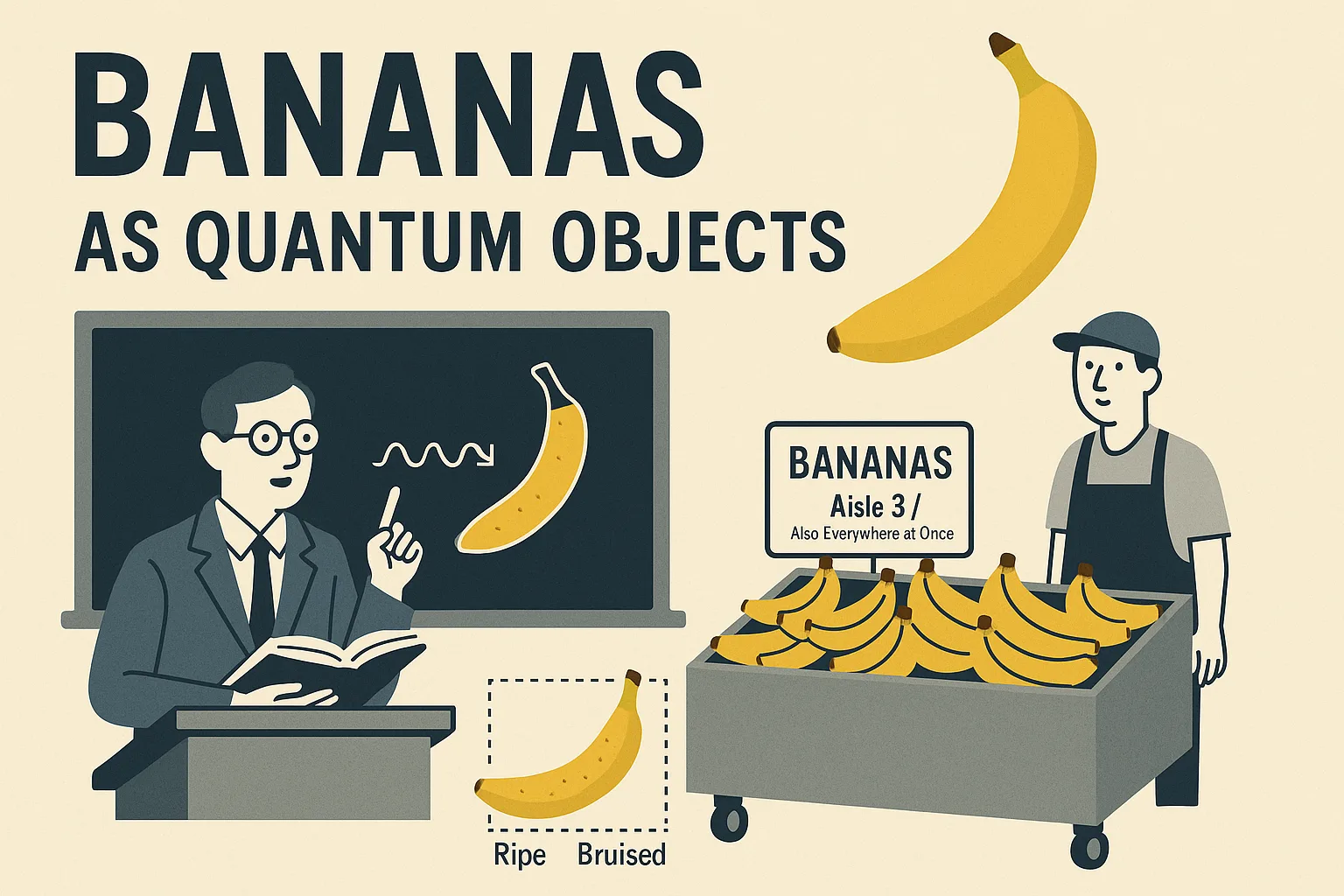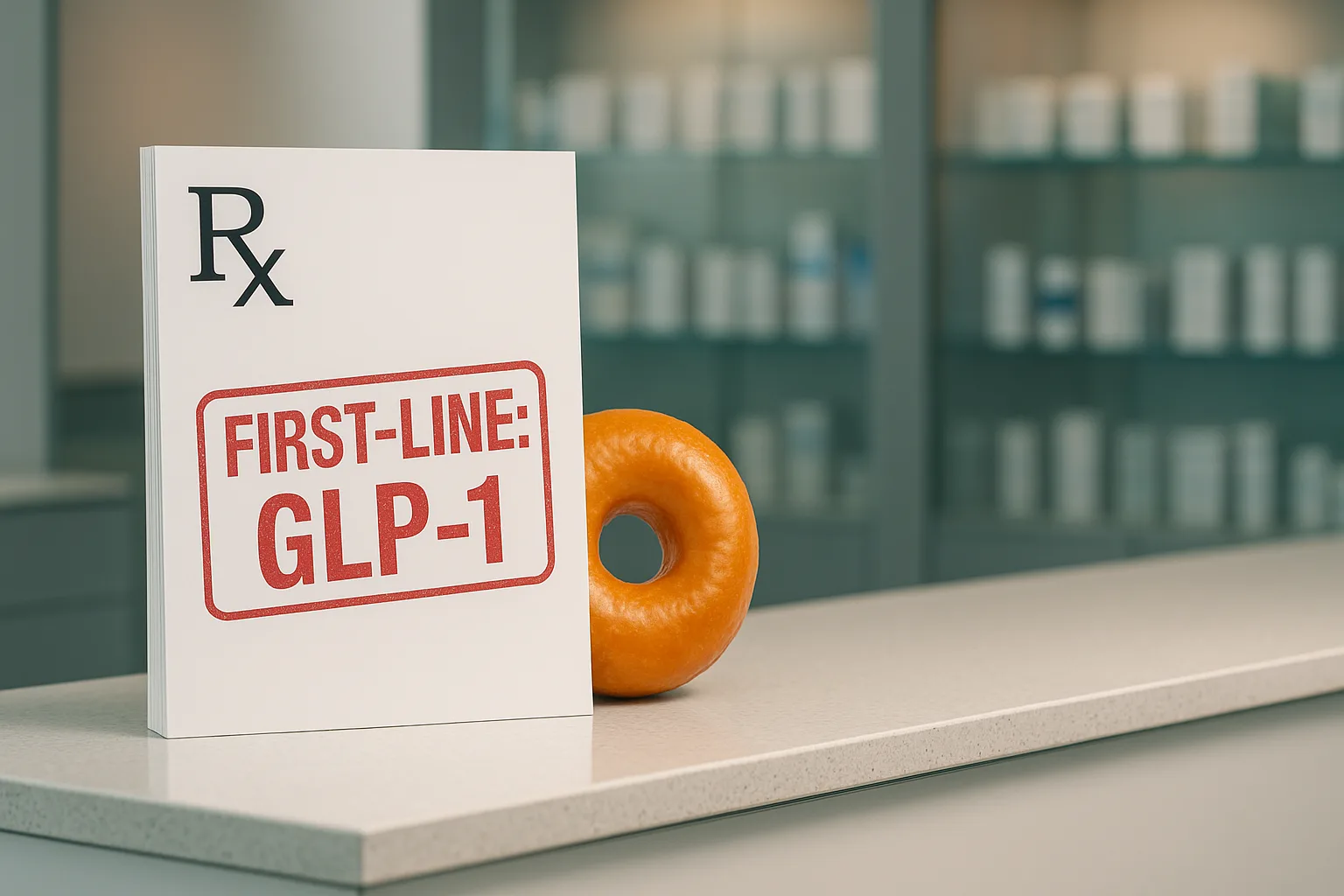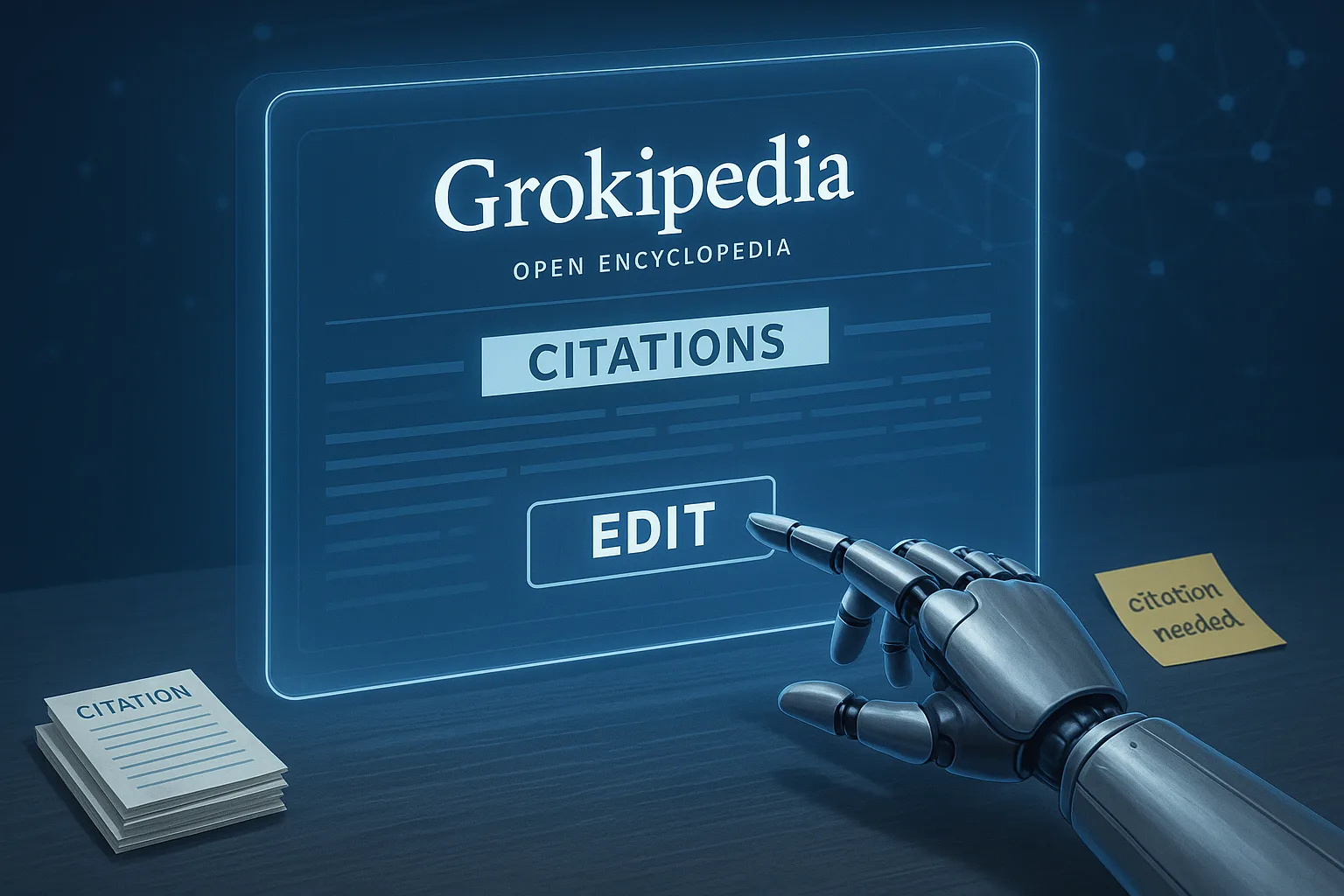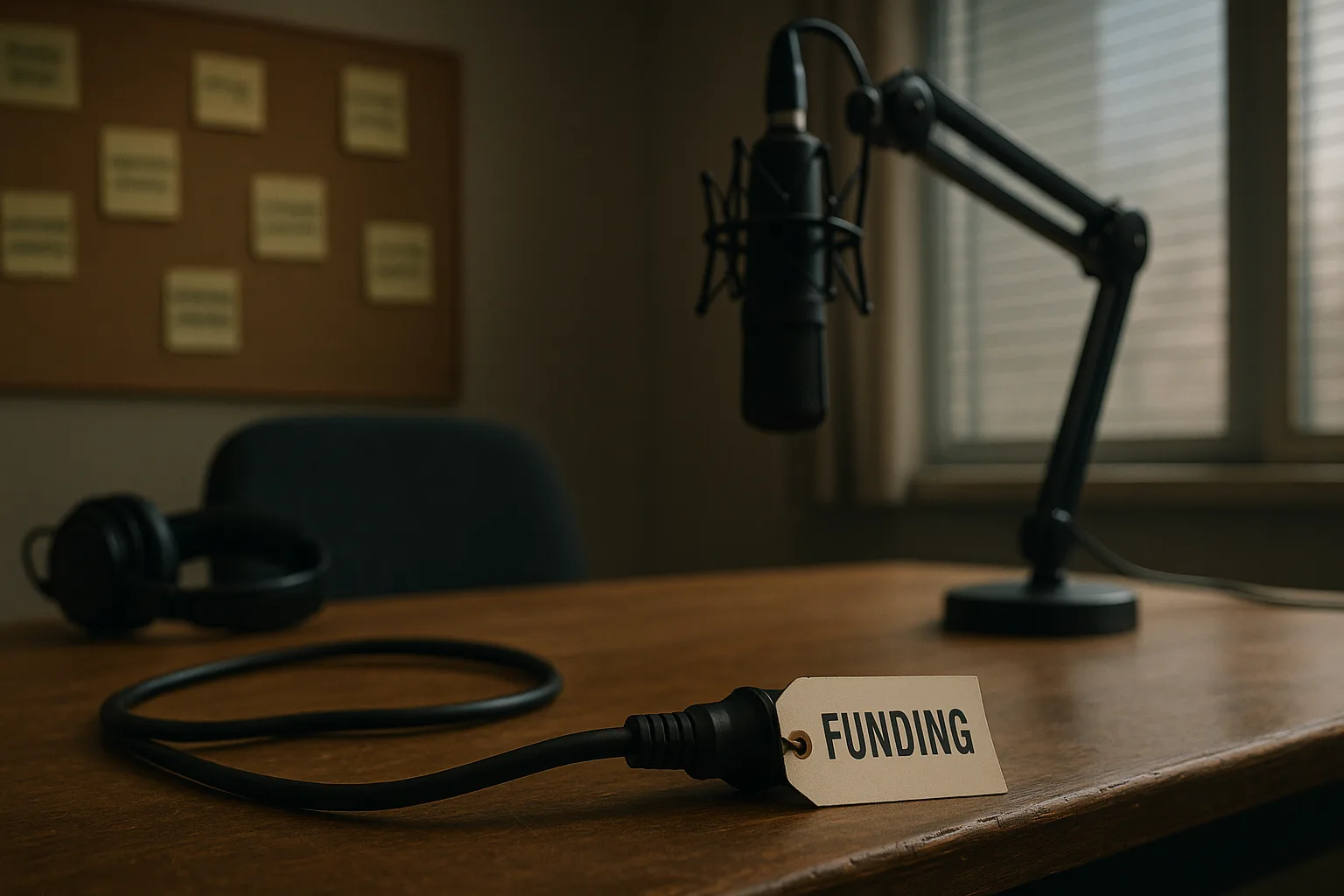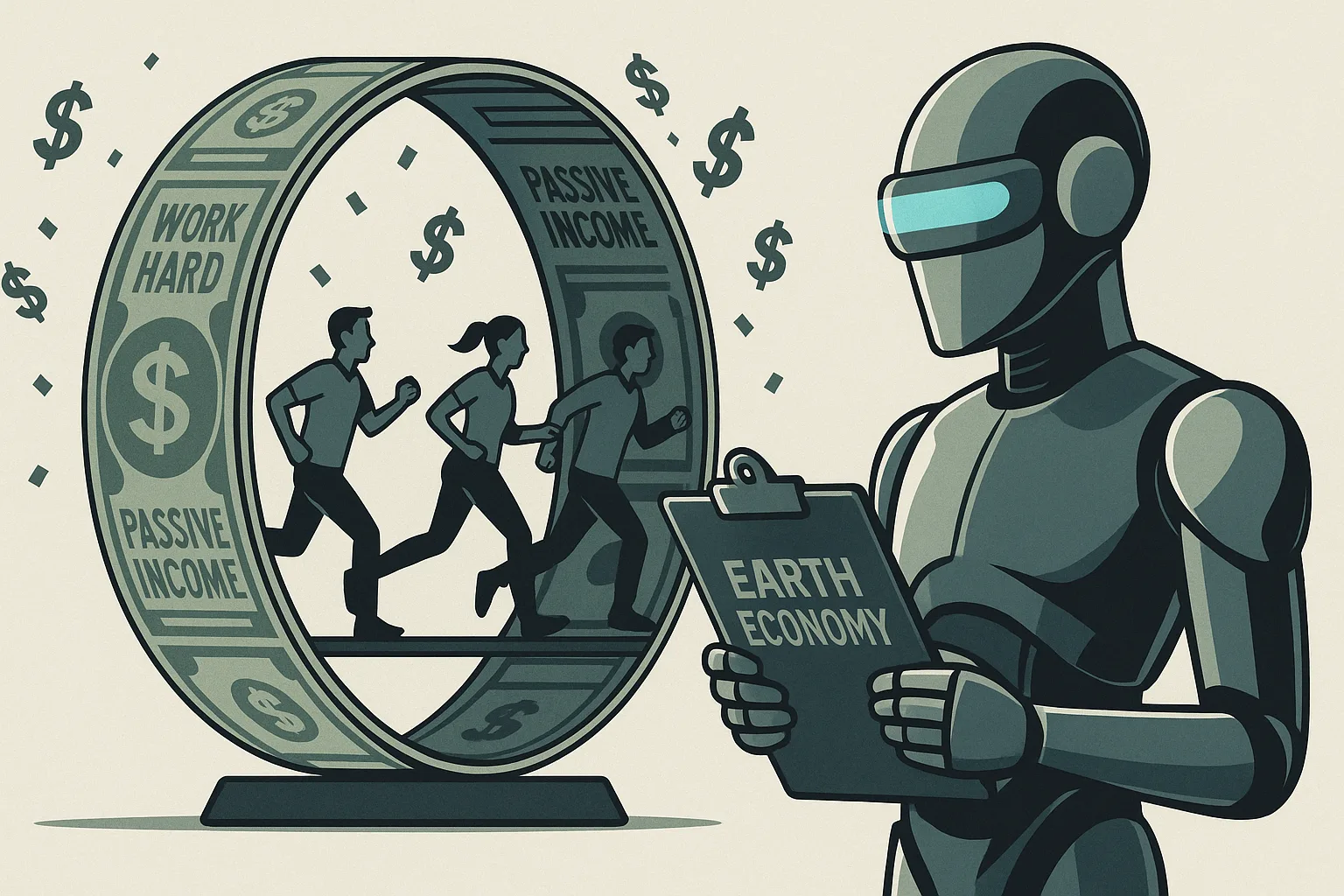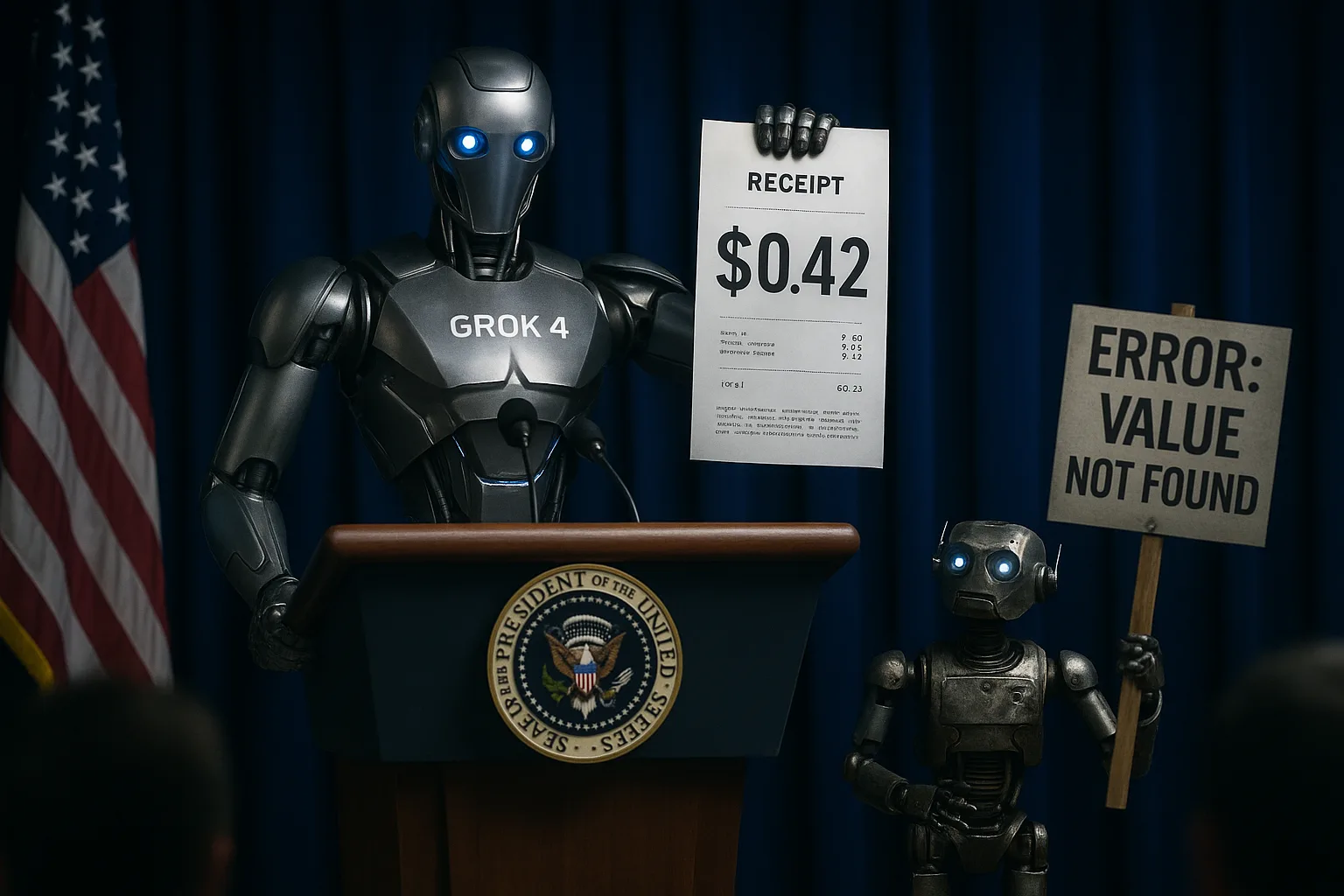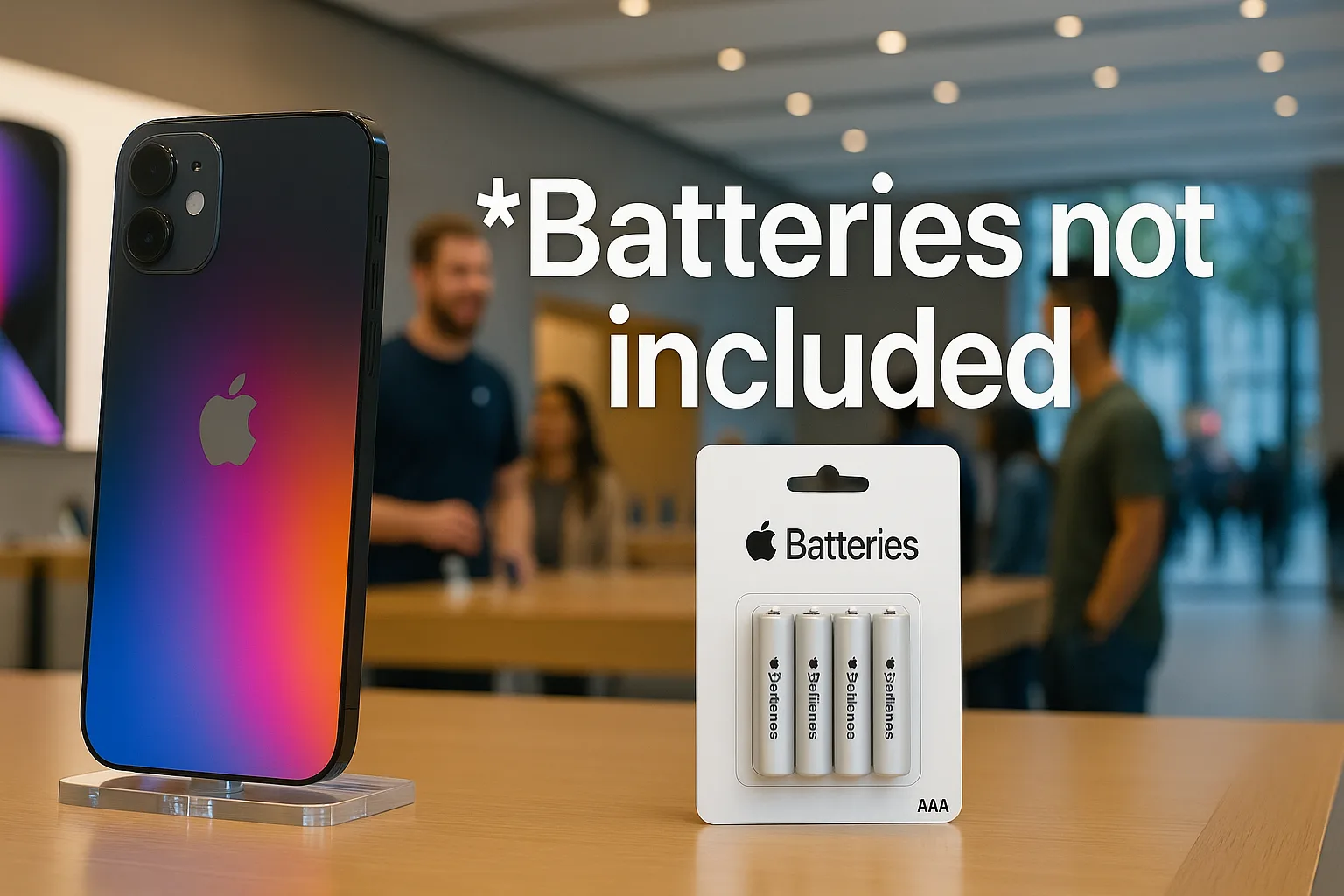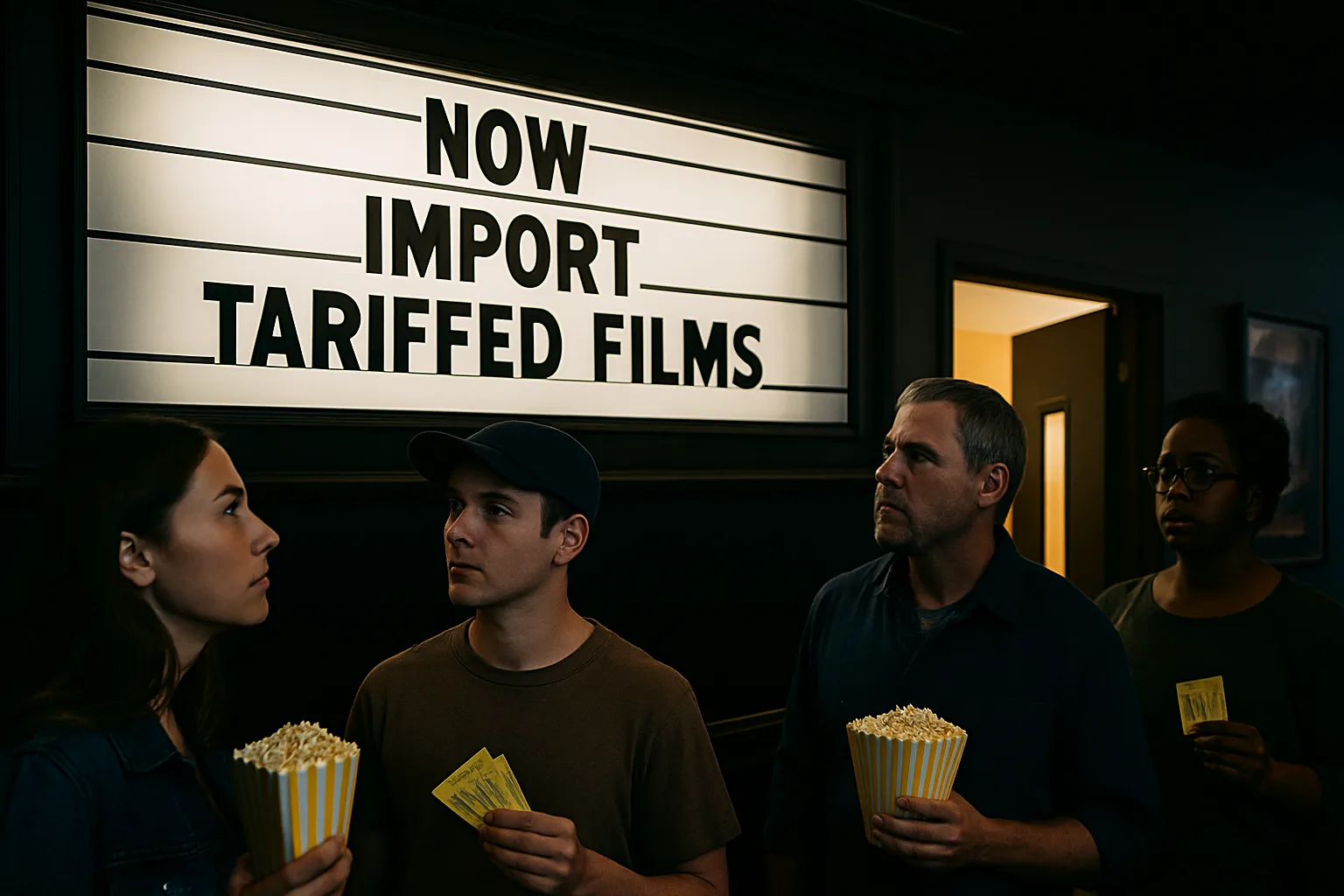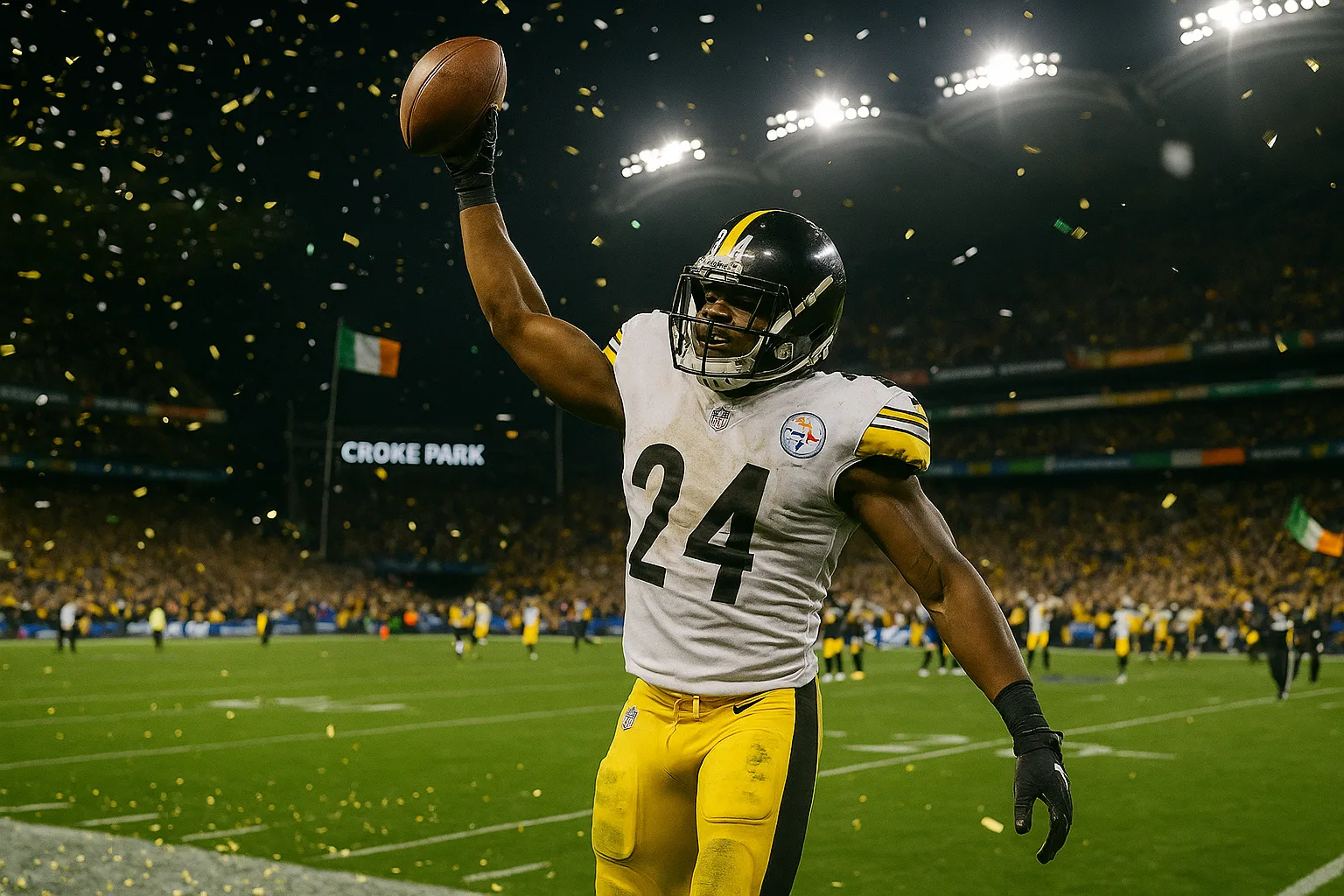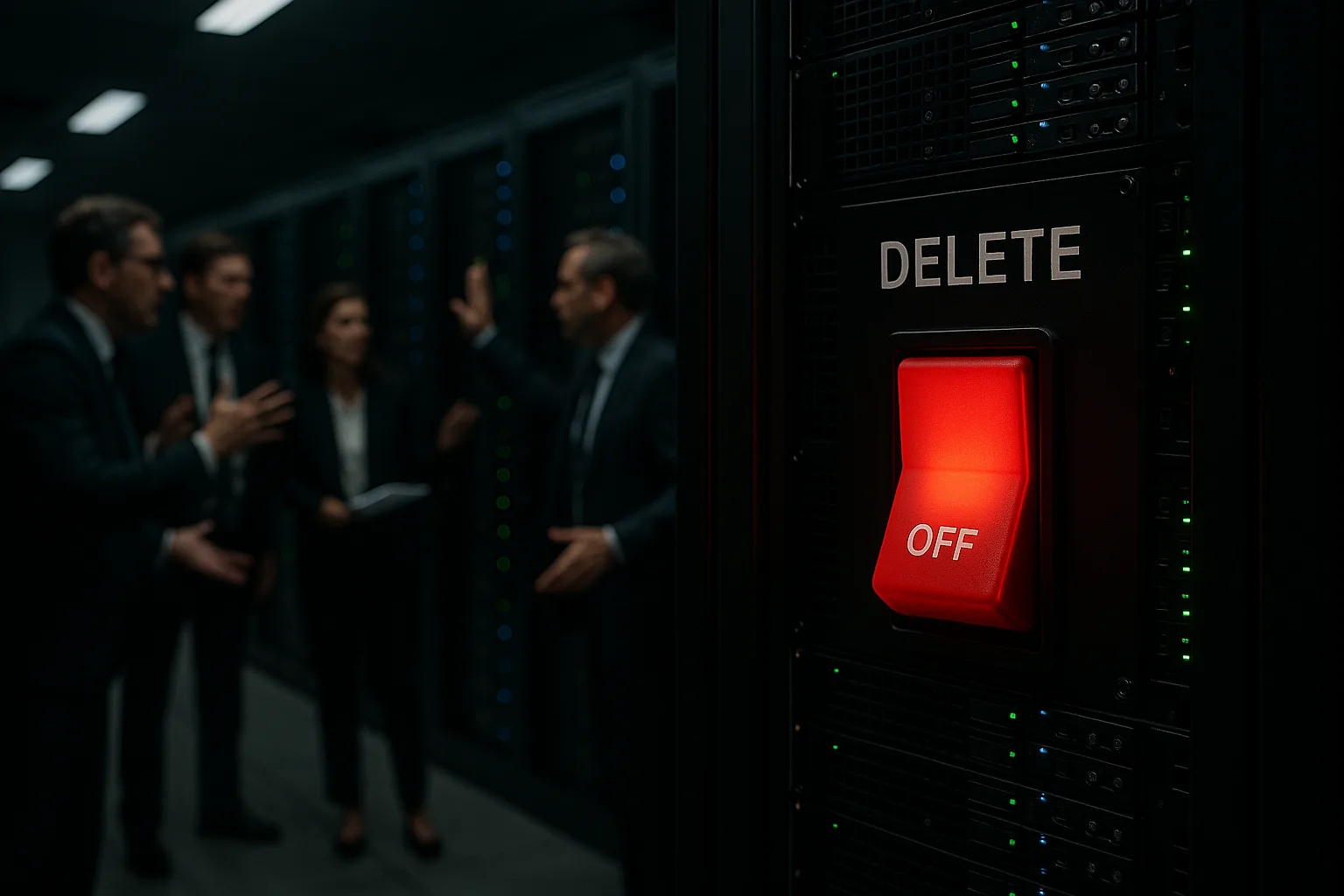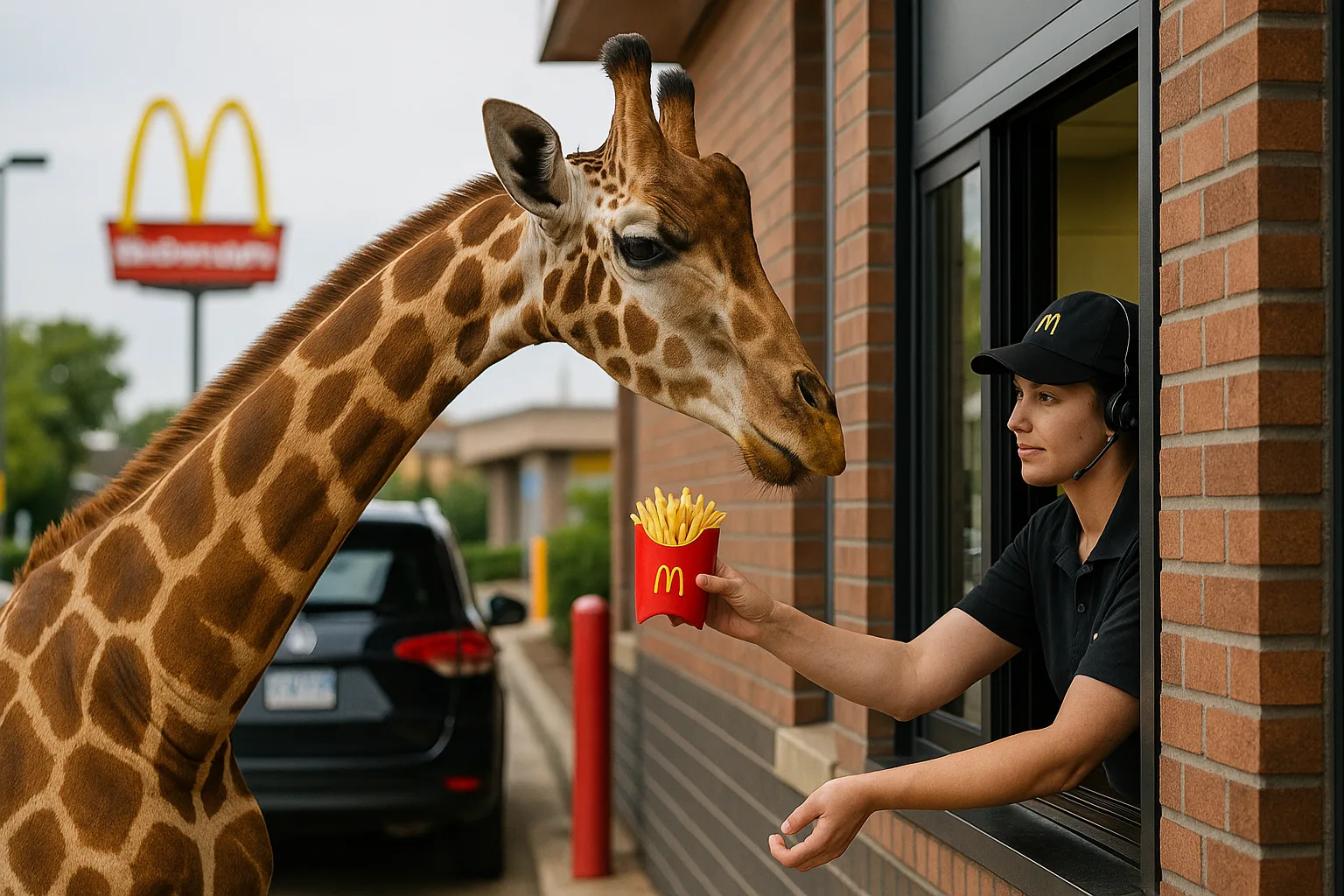The nation’s top fruit regulators have quietly voted to reclassify the banana, long filed under “edible produce,” as a “quantum object.” The decision, announced in a late-night bulletin from the Federal Board of Academic Fruit (FBAF), has already rattled grocers, physicists, and anyone who thought fruit salad was safe from subatomic uncertainty.
Background
The FBAF was created in 1972 to prevent what officials at the time called “produce chaos.” Early mandates included standardizing apple sizes and resolving whether the tomato was a fruit, vegetable, or “salad wildcard.” Since then, the agency has issued dense but oddly charming reports such as Guidelines for Spherical Melons and The Semiotics of Citrus.
The banana, however, has long vexed classifiers. While most fruits submit obediently to botanical definition, the banana—technically a berry—has insisted on collapsing categories. “We knew it was slippery,” said Dr. Alma Quine, chief lexicographer at the University of Approximate Sciences. “But we did not expect it to behave like an electron in a lecture hall.”
What’s New
According to the new memo, bananas exhibit measurable “superposition” when placed in academic contexts. In classrooms, they are simultaneously a snack, a prop for jokes, and an object lesson in curvature. In laboratories, they refuse to be measured in both ripeness and trajectory at the same time. “When you peel one, you disturb the system,” the memo explains, “forcing the fruit to choose a state: ripe or bruised.”
The agency has responded by issuing “Quantum Banana Protocols,” a set of guidelines recommending that any banana used in research be stored in a lead-lined lunchbox. The protocols also encourage scholars to cite bananas not in footnotes but in “fruitnotes”—a formatting decision critics say is bananas in itself.
“We are not saying you can’t eat them,” insisted FBAF spokesperson Renata Helwig. “We are saying that, from a policy standpoint, every bite is also a probability experiment.”
What It Means
The immediate impact is bureaucratic: grocers must now decide whether to stock bananas under “Produce” or “Physics Supplies.” Some supermarket chains are considering hybrid signage: “Bananas (Aisle 3/Also Everywhere at Once).” University cafeterias, meanwhile, face new labeling requirements that include Schrödinger-style disclaimers: “This banana may or may not be ripe until observed.”
Longer term, the reclassification could ripple into global trade. Quantum objects often require export licenses, meaning banana shipments may need customs declarations more common to semiconductors. “Imagine explaining to a dock inspector that a fruit is technically oscillating between Honduras and Houston,” said Gerald Stipes, director of the Institute for Unresolved Logistics. “Our clipboards are not ready.”
Even metaphysics departments are bracing. One draft syllabus for “Ontological Produce 201” warns students that “any banana brought to class may undermine the lecture by becoming both subject and predicate.”
- How enforcement will work in everyday grocery stores.
- Whether banana bread counts as a collapsed or extended wave function.
- If other fruits, such as grapes, may soon join the “quantum” category.
[1] In physics, “superposition” refers to a system existing in multiple states simultaneously. In grammar, “superposition” is what happens when a preposition sits smugly on top of another one.
For now, the banana sits in both camps—brunch item and quantum puzzle. Officials promise further guidance, but shoppers may want to remember the new uncertainty principle: pick a bunch, and you’ll never be completely sure what you’ve got until you peel it.
